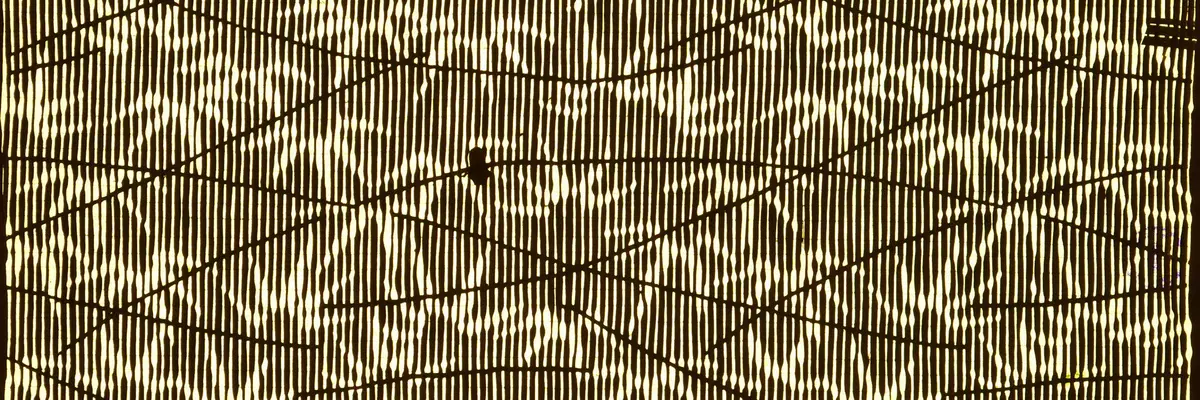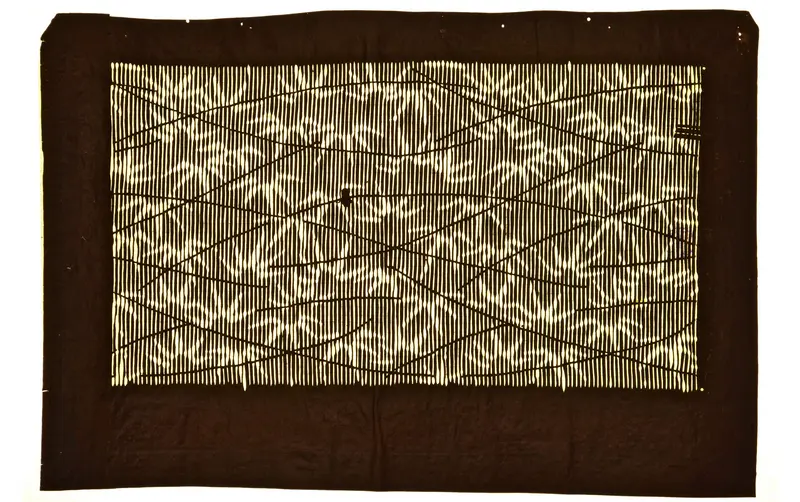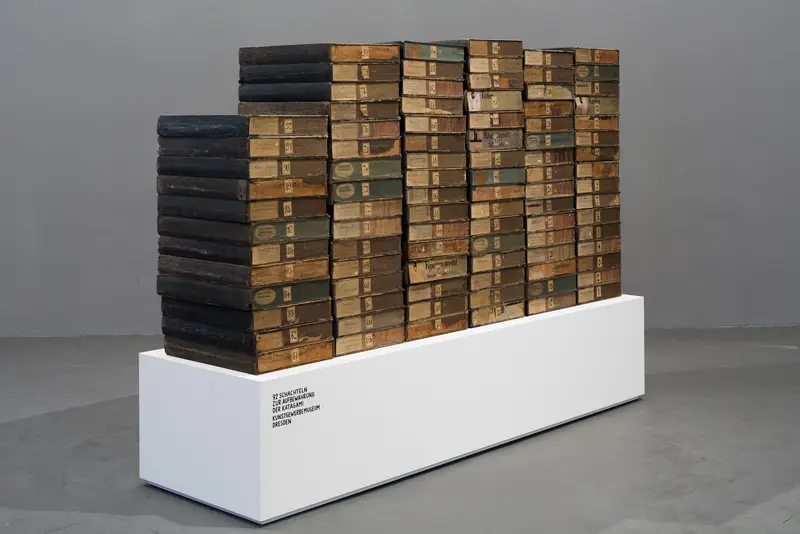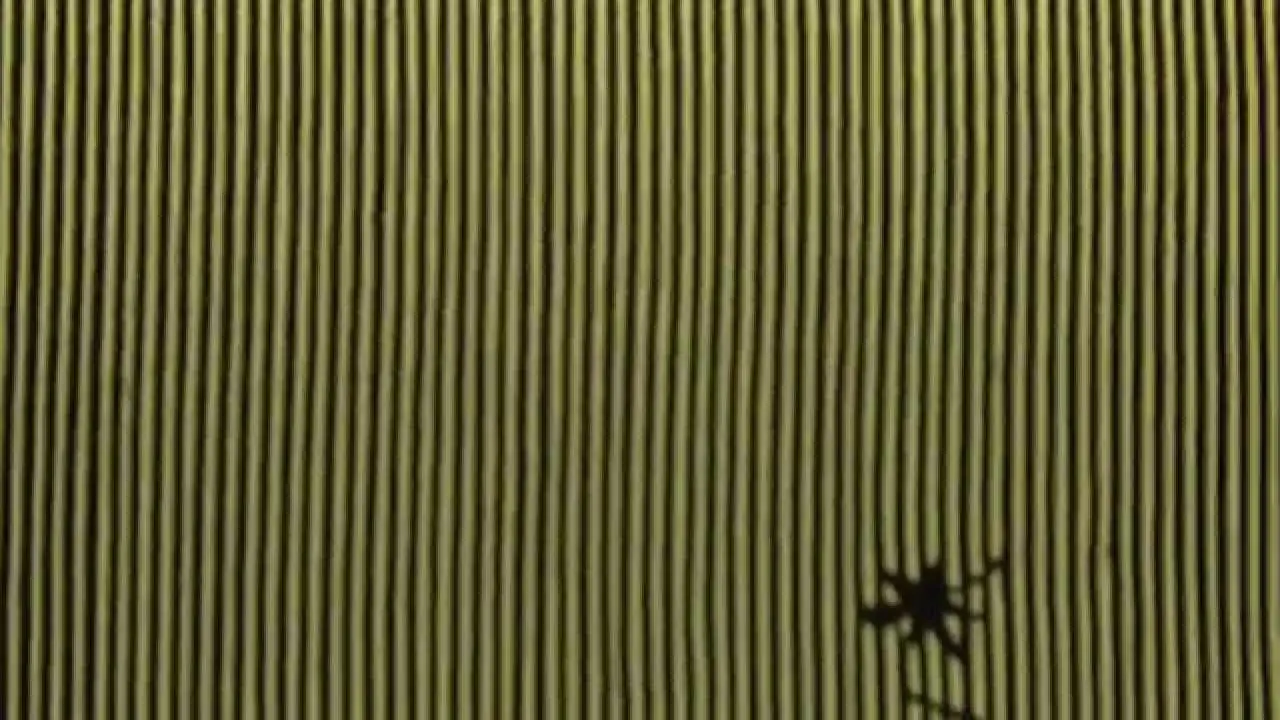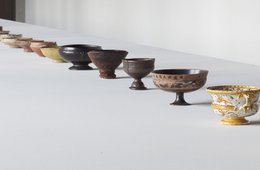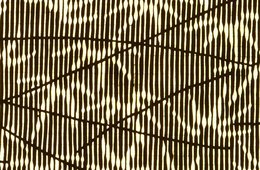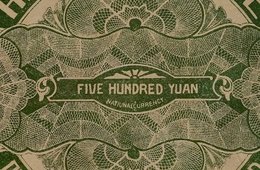text1
Katagami, stencils for printing traditional textile patterns, were used principally for kimono fabrics; as well as geometric ornament, designs also feature masterfully abstracted motifs and patterns representing elements of nature. From the wealth of motifs in the Kunstgewerbemuseum‘s collection, those depicting aspects of rain, which has a particularly significant cultural and spiritual role in a country exposed to monsoon winds and dependent on rice cultivation, have been specially chosen.
